Home>Construction & Tools>Building Materials>How Long Does Stucco Last For
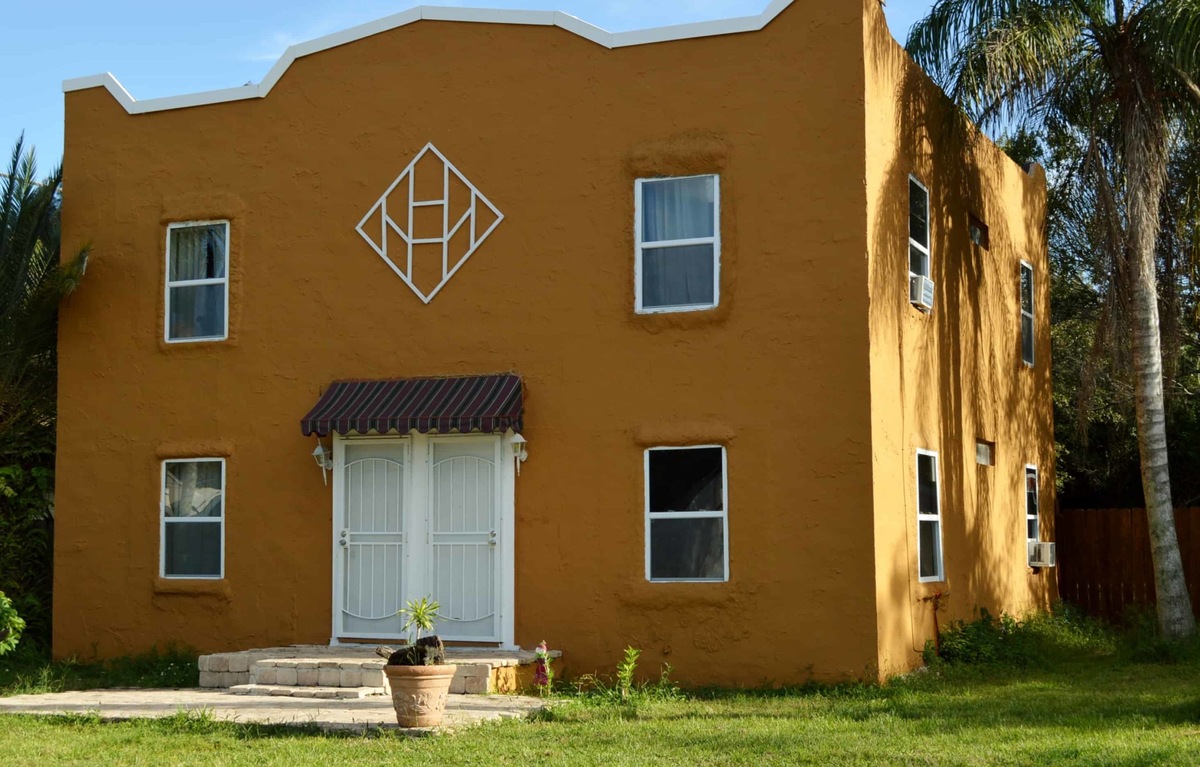

Building Materials
How Long Does Stucco Last For
Published: January 17, 2024
Discover how long stucco lasts as a durable building material. Learn about the longevity and maintenance of stucco for your property.
(Many of the links in this article redirect to a specific reviewed product. Your purchase of these products through affiliate links helps to generate commission for Storables.com, at no extra cost. Learn more)
Introduction
When it comes to enhancing the exterior of a building, stucco has long been a popular choice due to its durability, versatility, and timeless appeal. As a homeowner, understanding the longevity of stucco is crucial for making informed decisions about maintenance and potential renovations. In this article, we will delve into the intricacies of stucco, exploring its lifespan, factors influencing its longevity, signs of deterioration, and strategies to extend its lifespan. By gaining a comprehensive understanding of these aspects, you can effectively preserve and maximize the lifespan of your stucco, ensuring that it continues to grace your home with its enduring charm. Let's embark on a journey through the world of stucco, unraveling its mysteries and uncovering the secrets to prolonging its lifespan.
Key Takeaways:
- Stucco’s longevity is influenced by climate, installation quality, maintenance, moisture management, and structural movement. Proactive care and timely repairs can extend its lifespan, preserving its enduring charm and resilience.
- Homeowners can safeguard stucco by conducting regular inspections, managing moisture, addressing repairs promptly, and engaging professional maintenance. These proactive measures ensure that stucco continues to enrich homes with enduring beauty and structural integrity.
Read more: How Long Does Stucco Take To Cure
Understanding Stucco
Stucco, a time-honored building material, is a mixture of cement, sand, lime, and water, often reinforced with fiberglass or metal for added strength. Its application involves layering the stucco mixture over a sturdy base, such as metal lath or mesh, creating a resilient and visually appealing exterior finish. This versatile material can be textured, tinted, or painted to achieve a wide array of aesthetic effects, making it a popular choice for homeowners seeking to enhance the curb appeal of their properties.
Stucco offers a multitude of benefits, including exceptional durability, fire resistance, and soundproofing properties. Its ability to withstand diverse weather conditions, from scorching heat to freezing temperatures, makes it an ideal choice for various climates. Additionally, stucco requires minimal maintenance, contributing to its cost-effectiveness and long-term viability as an exterior finish.
Moreover, stucco is renowned for its timelessness, seamlessly complementing architectural styles ranging from Mediterranean and Spanish Colonial to modern and contemporary designs. Its ability to exude elegance and sophistication while providing a protective barrier against the elements has solidified its status as a favored choice among homeowners and builders alike.
By comprehending the composition, application, and benefits of stucco, homeowners can gain a deeper appreciation for this remarkable building material. This understanding serves as a foundation for effectively preserving and prolonging the lifespan of stucco, ensuring that it continues to adorn homes with its enduring allure for years to come.
Factors Affecting Stucco Longevity
The lifespan of stucco is influenced by a myriad of factors, each playing a crucial role in determining its durability and resilience. Understanding these factors is essential for homeowners seeking to maximize the longevity of their stucco exteriors.
- Climate: The climate in which a building is situated significantly impacts the lifespan of stucco. Exposure to extreme heat, freezing temperatures, high humidity, or heavy rainfall can affect the integrity of the stucco, potentially leading to cracks, erosion, or discoloration.
- Quality of Installation: The expertise and precision employed during the installation of stucco greatly influence its longevity. Properly installed stucco, with attention to detail and adherence to industry best practices, is more likely to withstand the test of time.
- Maintenance: Regular maintenance, including inspections for cracks, water damage, and structural issues, is vital for preserving the integrity of stucco. Timely repairs and proactive care can prevent minor issues from escalating and compromising the stucco’s longevity.
- Moisture Management: Effective moisture management is critical for stucco longevity. Improper drainage, water infiltration, or prolonged exposure to moisture can lead to mold growth, efflorescence, and structural deterioration, diminishing the stucco’s lifespan.
- Structural Movement: The natural movement and settling of a building can impact the stucco exterior. Adequate allowances for structural movement, such as expansion joints and proper detailing, are essential for preventing cracks and damage to the stucco finish.
- Maintenance of Surrounding Elements: The condition of adjacent elements, such as roof overhangs, gutters, and landscaping, can affect the longevity of stucco. Proper maintenance of these elements can prevent water infiltration and structural damage to the stucco.
By considering these factors and taking proactive measures to address them, homeowners can significantly enhance the longevity of their stucco exteriors, ensuring that they remain robust, visually appealing, and resilient in the face of environmental challenges.
Stucco can last 50-80 years with proper maintenance. Keep it clean, repair cracks promptly, and repaint every 5-10 years for best longevity.
Signs of Stucco Deterioration
Recognizing the signs of stucco deterioration is crucial for homeowners, as it enables them to address issues promptly and prevent further damage. By staying vigilant and identifying these indicators, homeowners can take proactive measures to preserve the integrity and longevity of their stucco exteriors.
- Cracking: Cracks in the stucco surface, whether fine hairline cracks or larger fissures, can indicate underlying issues such as structural movement, water infiltration, or improper installation. Regularly inspecting the stucco for cracks is essential for early detection and intervention.
- Efflorescence: The appearance of white, chalky deposits on the stucco surface is a sign of efflorescence, often caused by moisture migration and salt deposition. This phenomenon not only detracts from the stucco’s appearance but also signals potential moisture-related issues.
- Discoloration: Staining or discoloration of the stucco can result from various factors, including mold growth, water damage, or exposure to environmental pollutants. Addressing the underlying causes of discoloration is essential for preserving the stucco’s visual appeal and structural integrity.
- Bulging or Blistering: Areas of the stucco that appear swollen, bulging, or blistered may indicate trapped moisture or improper installation, potentially leading to delamination and structural damage if left unattended.
- Crumbling or Flaking: Sections of the stucco that exhibit crumbling or flaking are indicative of deterioration, often stemming from water damage, freeze-thaw cycles, or aging. Timely repairs and remediation are essential for preventing further degradation.
- Hollow Sounds: When tapped, areas of the stucco that produce hollow or void-like sounds may signify delamination or detachment from the substrate, necessitating immediate attention to prevent further detachment.
By remaining attentive to these signs of stucco deterioration and promptly addressing any issues that arise, homeowners can safeguard the longevity and structural integrity of their stucco exteriors, preserving their aesthetic appeal and protective properties for years to come.
Extending the Lifespan of Stucco
Proactive maintenance and strategic measures can significantly extend the lifespan of stucco, ensuring that it remains robust, visually appealing, and structurally sound over the years. By implementing the following practices, homeowners can preserve the integrity of their stucco exteriors and maximize their longevity.
- Regular Inspections: Conduct routine inspections of the stucco exterior to identify any signs of deterioration, including cracks, discoloration, or water damage. Promptly addressing these issues can prevent them from escalating and compromising the stucco’s longevity.
- Maintenance of Surrounding Elements: Ensure that elements such as roof overhangs, gutters, and landscaping are well-maintained to prevent water infiltration and structural damage to the stucco. Proper drainage and landscaping practices can mitigate moisture-related issues.
- Moisture Management: Implement effective moisture management strategies to safeguard the stucco from water-related damage. This includes ensuring proper drainage, addressing leaks, and maintaining a moisture-resistant barrier behind the stucco if applicable.
- Timely Repairs: Address any cracks, bulging, or flaking in the stucco promptly to prevent further deterioration. Utilize appropriate repair materials and techniques to restore the stucco’s integrity and prevent water infiltration.
- Professional Maintenance: Engage qualified professionals for periodic stucco inspections and maintenance. Their expertise can uncover underlying issues and provide tailored solutions to preserve the stucco’s longevity.
- Appropriate Landscaping: Ensure that landscaping elements such as sprinklers, planters, and vines are positioned to minimize direct contact with the stucco, reducing the risk of moisture accumulation and damage.
- Regular Cleaning: Periodically clean the stucco surface to remove dirt, debris, and environmental pollutants that can compromise its appearance and longevity. Gentle cleaning methods are recommended to avoid damaging the stucco finish.
By integrating these practices into their stucco maintenance regimen, homeowners can proactively preserve the longevity and structural integrity of their stucco exteriors, ensuring that they continue to enrich their homes with enduring beauty and resilience.
Read more: How Long Does A Sandpaper Last
Conclusion
Stucco, with its timeless elegance and exceptional durability, has graced the exteriors of countless homes, embodying a harmonious blend of aesthetics and functionality. Understanding the factors influencing stucco longevity and recognizing the signs of deterioration empowers homeowners to take proactive steps in preserving and extending the lifespan of their stucco exteriors.
By embracing a proactive approach to maintenance, addressing underlying issues promptly, and implementing strategic measures to mitigate environmental impacts, homeowners can safeguard the structural integrity and visual appeal of their stucco for years to come. Regular inspections, moisture management, and professional maintenance play pivotal roles in ensuring that stucco continues to adorn homes with its enduring charm and resilience.
As guardians of this remarkable building material, homeowners hold the key to unlocking its full potential, allowing it to stand the test of time and weather the elements with grace. By nurturing and preserving their stucco exteriors, homeowners can cultivate a lasting legacy of beauty, durability, and architectural distinction, enriching their homes and communities for generations to come.
With a deep understanding of stucco’s composition, benefits, and maintenance requirements, homeowners can embark on a journey of stewardship, ensuring that their stucco remains a beacon of enduring elegance and structural fortitude. As they embrace the art of preserving stucco, they embark on a timeless endeavor, one that celebrates the union of artistry and resilience, enriching their homes and leaving an indelible mark on the architectural tapestry of their surroundings.
In the hands of mindful caretakers, stucco transcends its role as a building material, evolving into a symbol of enduring beauty, strength, and architectural legacy. As homeowners embark on this journey, they become custodians of a tradition that spans centuries, breathing new life into the timeless allure of stucco and ensuring that its legacy endures for generations to come.
Frequently Asked Questions about How Long Does Stucco Last For
Was this page helpful?
At Storables.com, we guarantee accurate and reliable information. Our content, validated by Expert Board Contributors, is crafted following stringent Editorial Policies. We're committed to providing you with well-researched, expert-backed insights for all your informational needs.
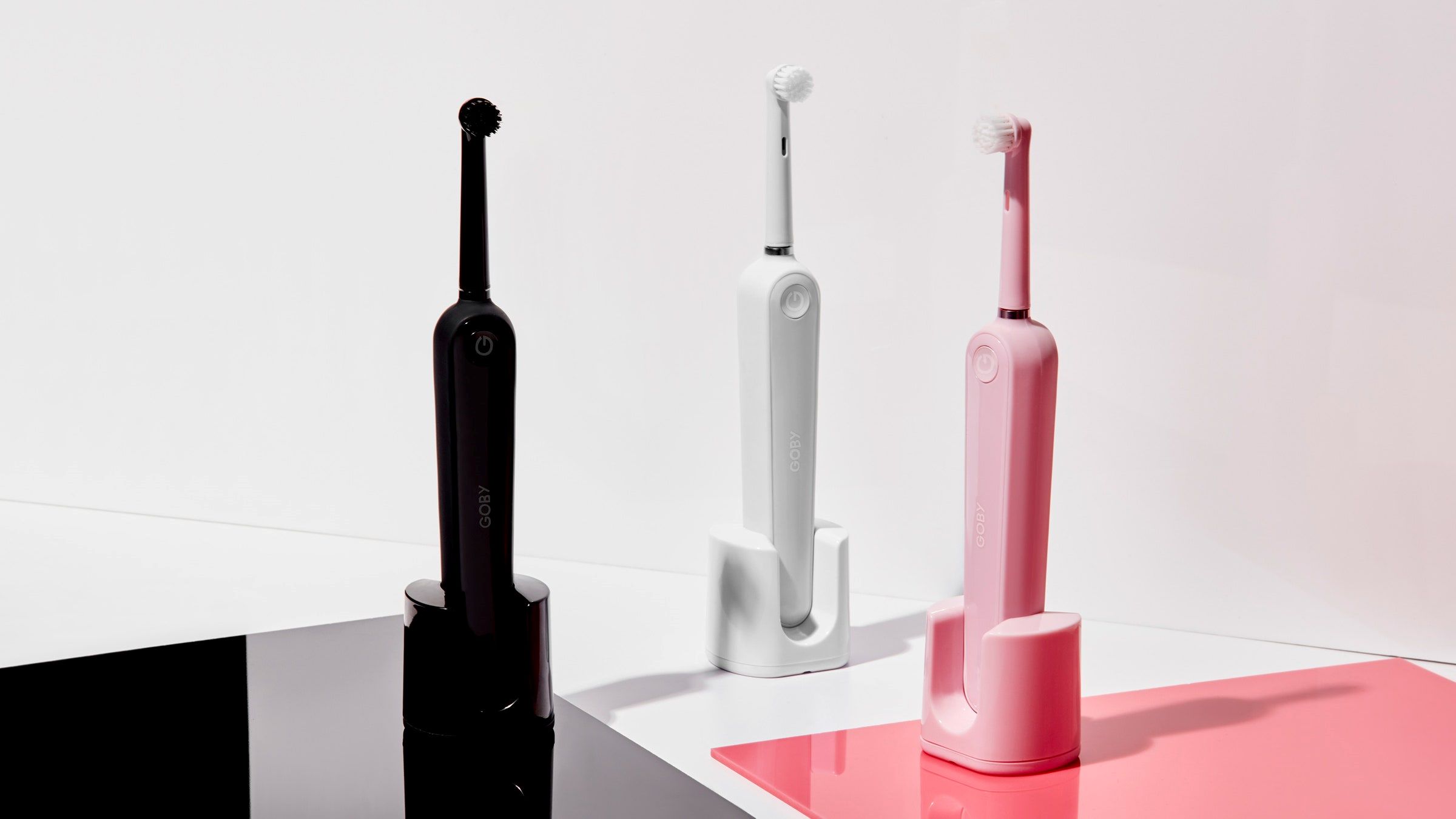
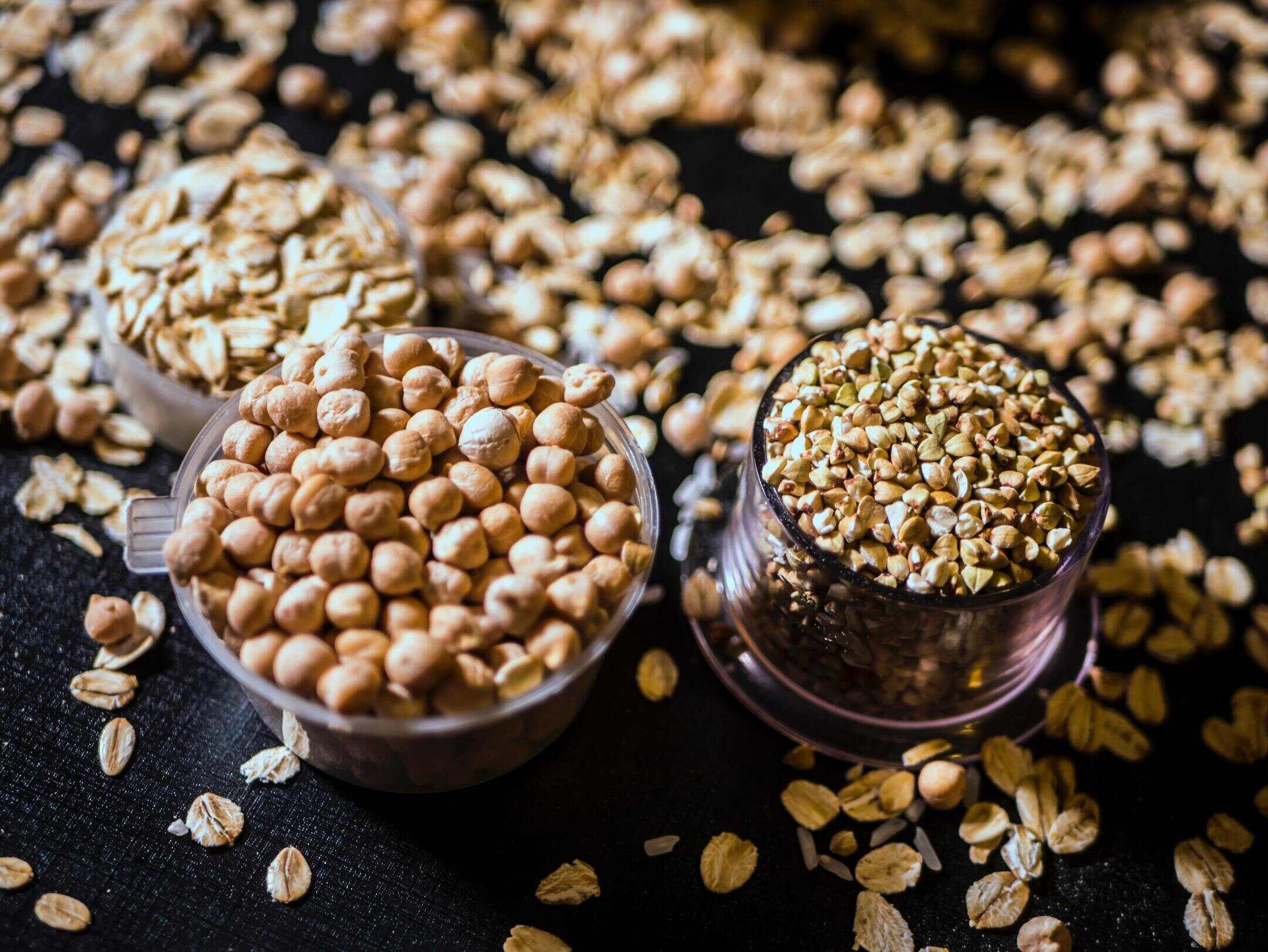
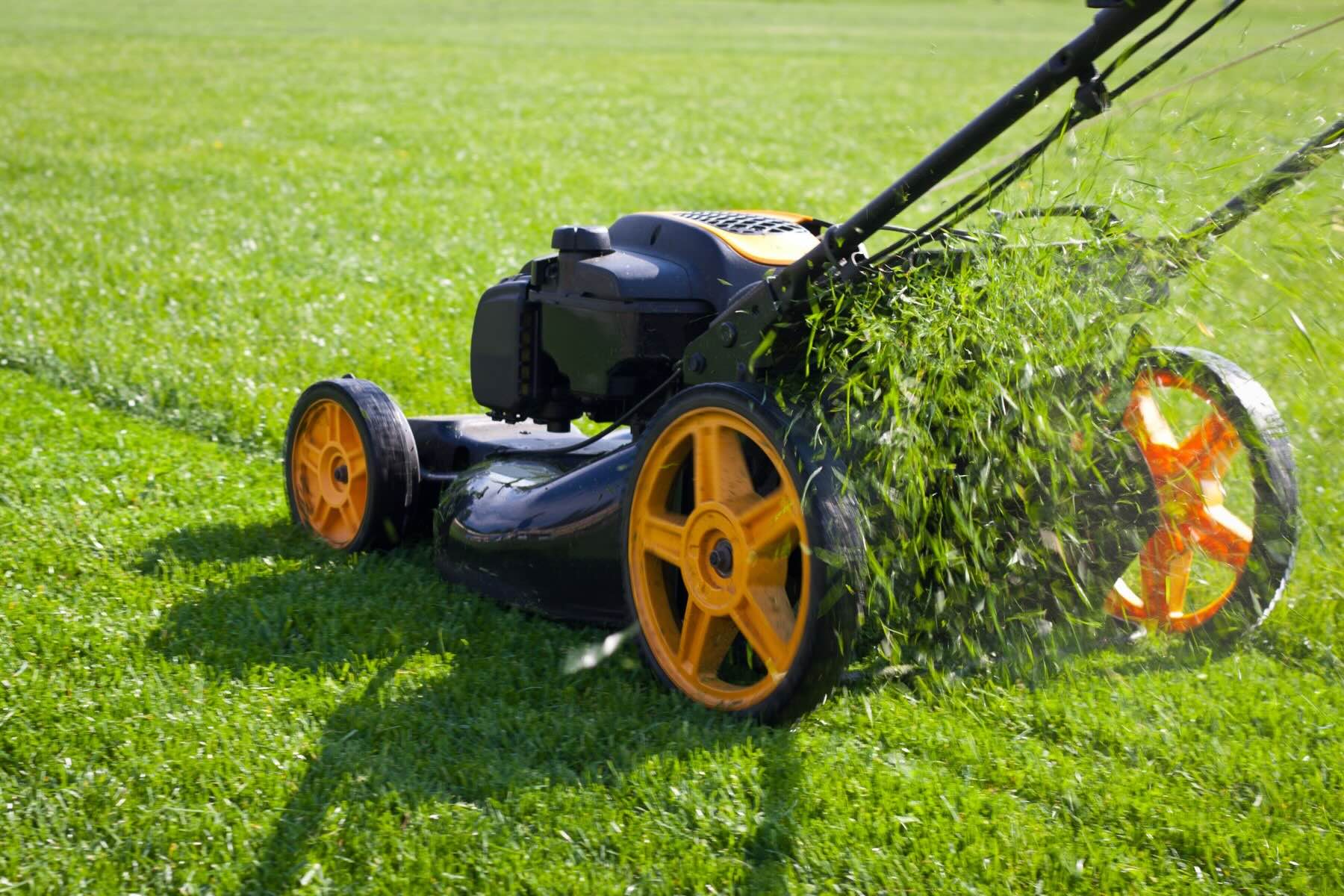
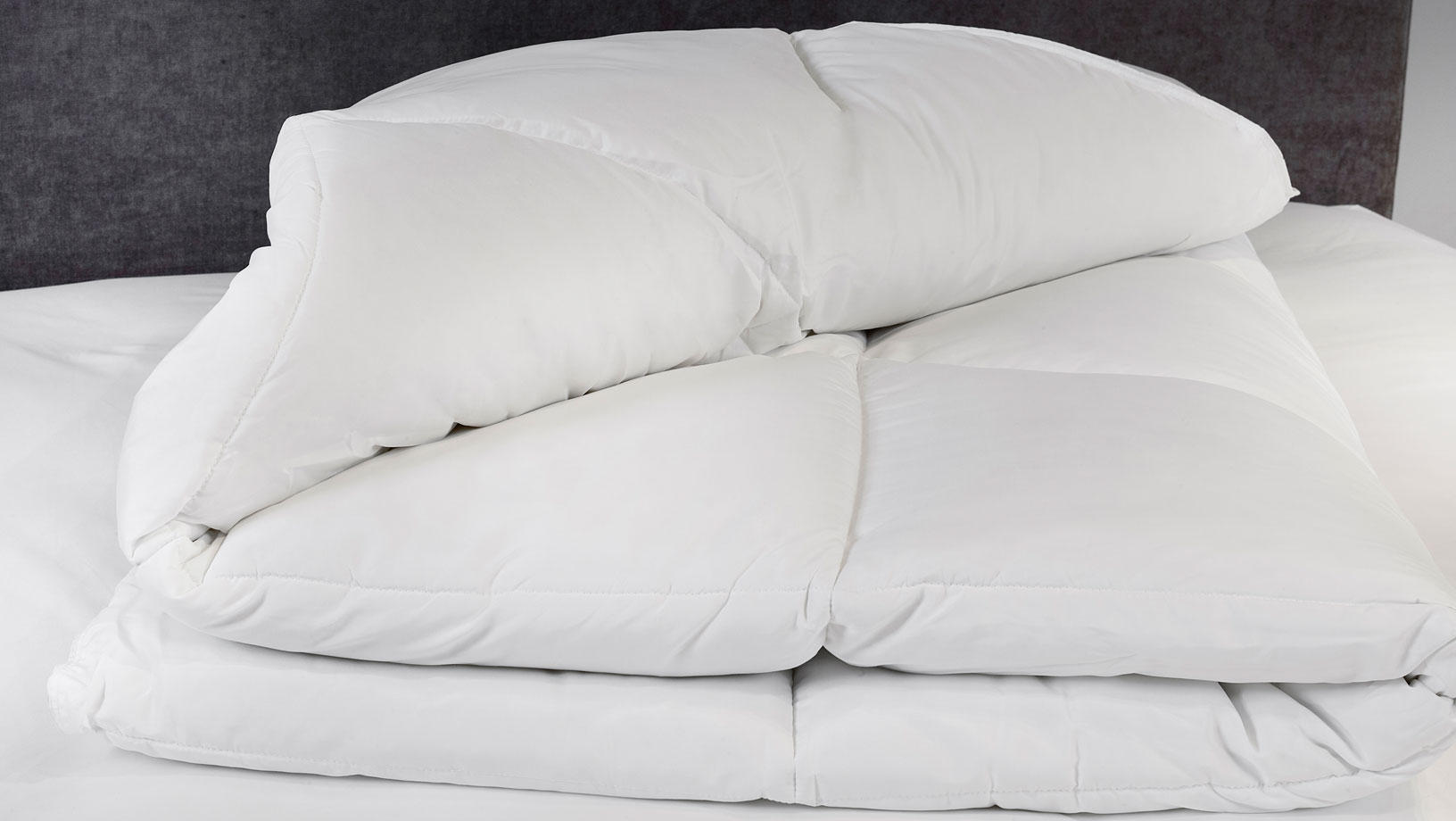
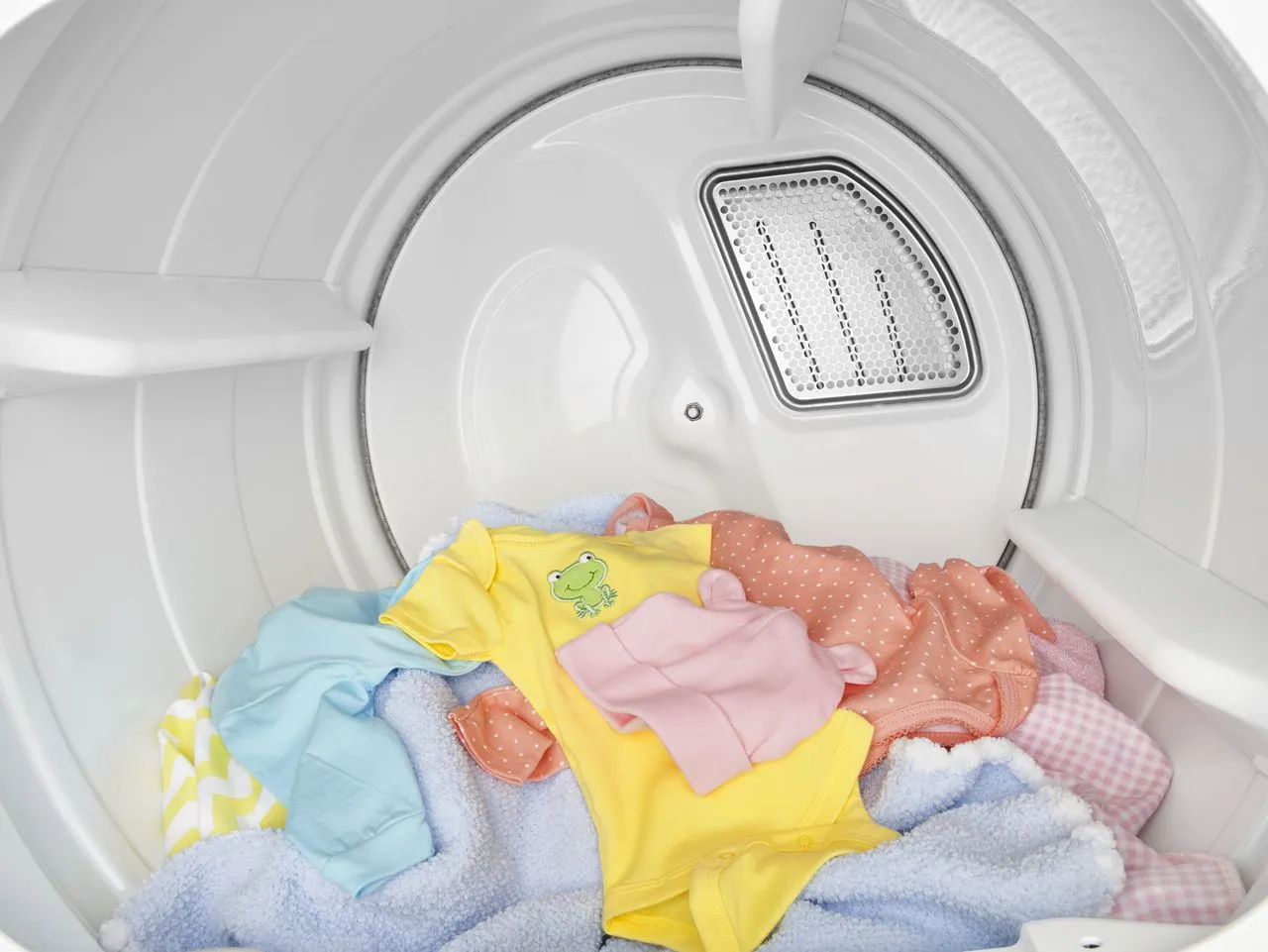
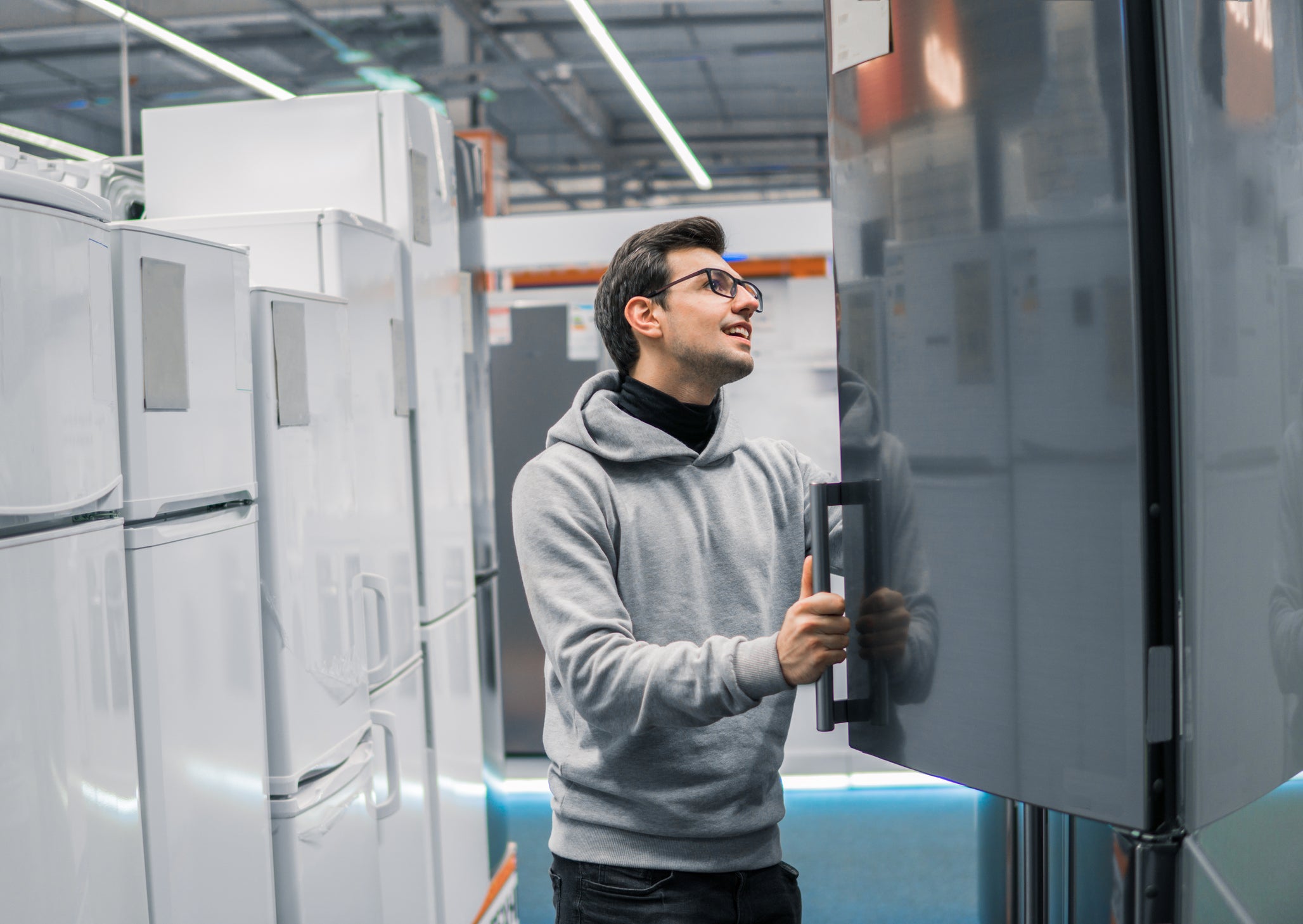

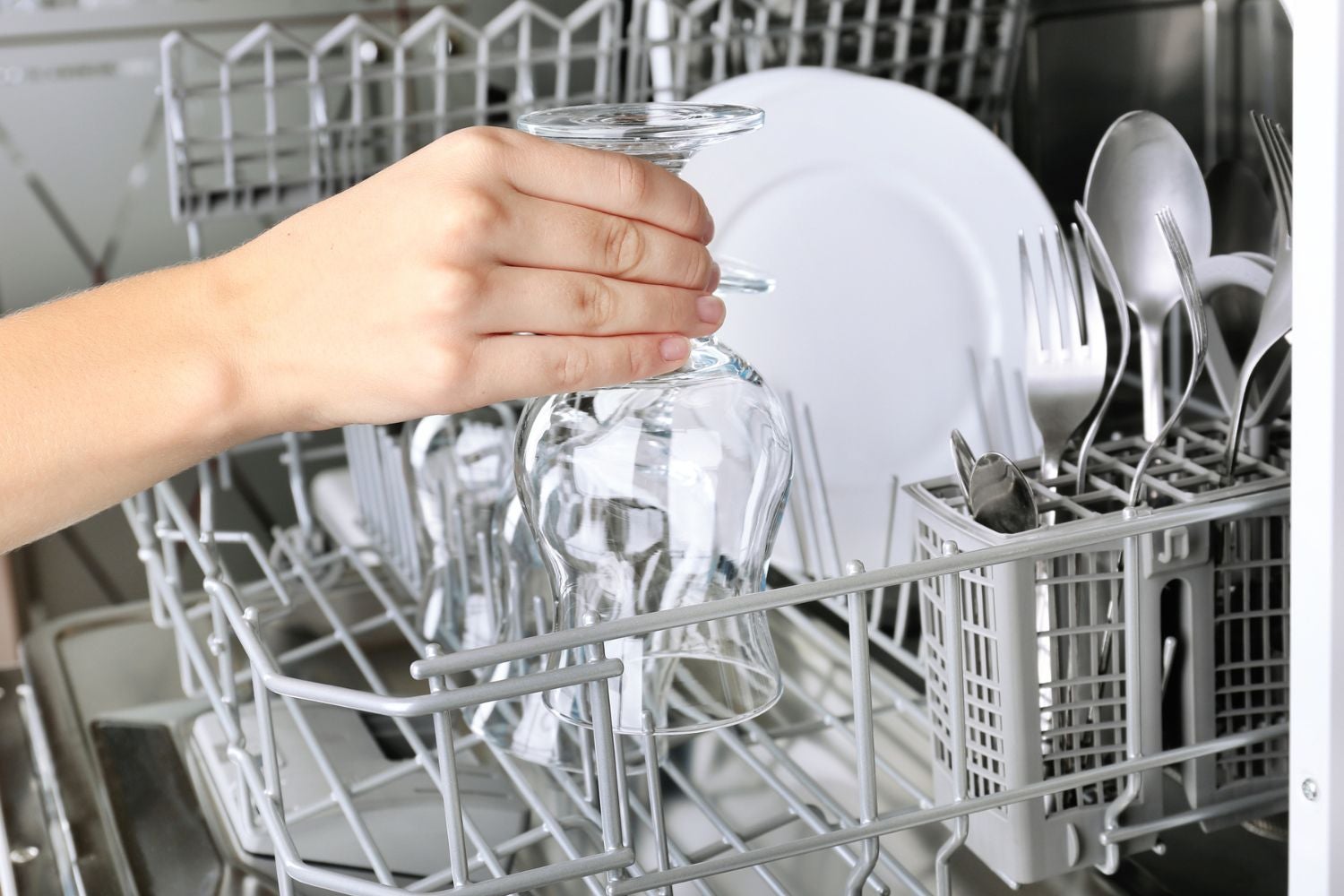
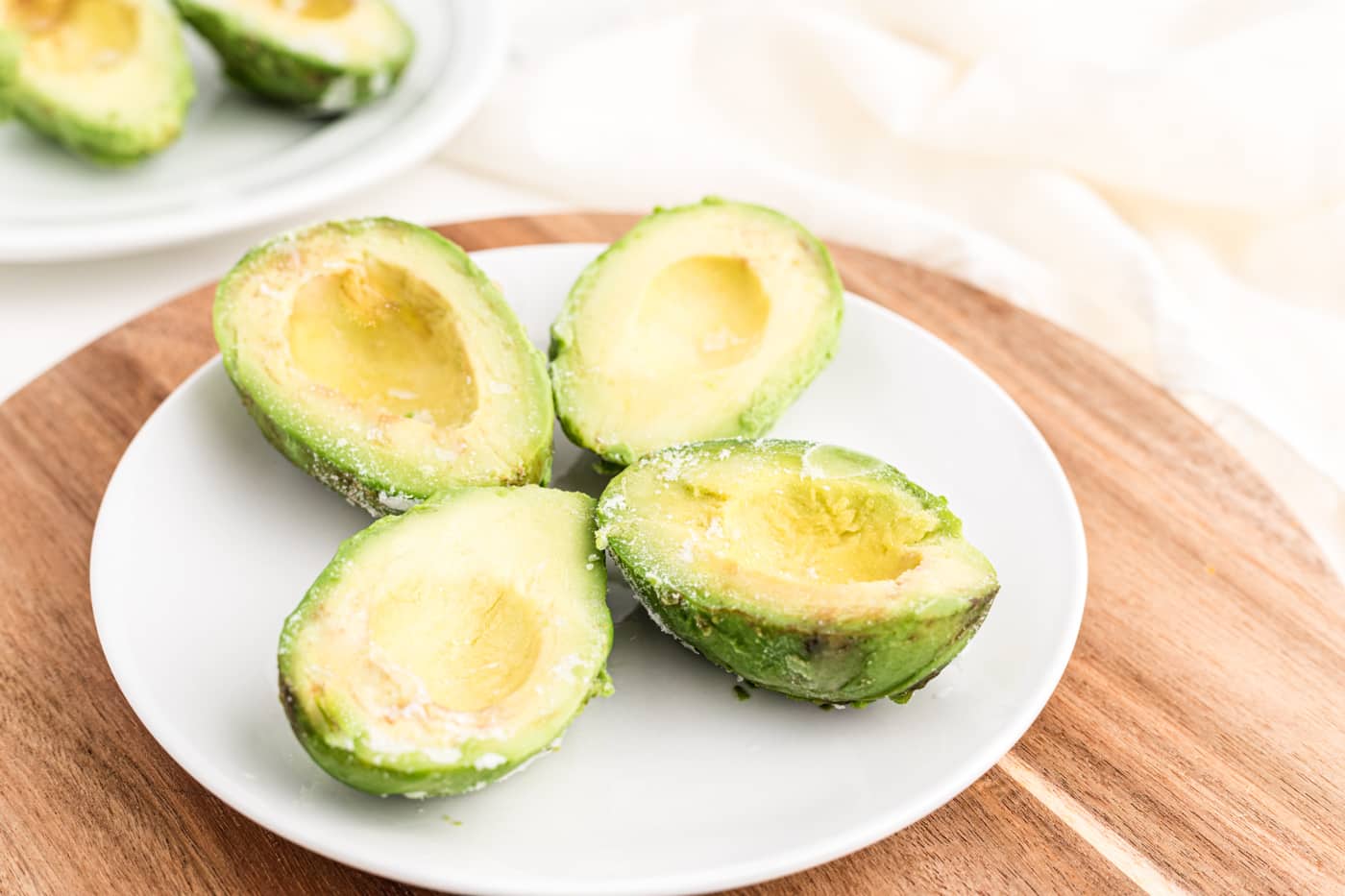
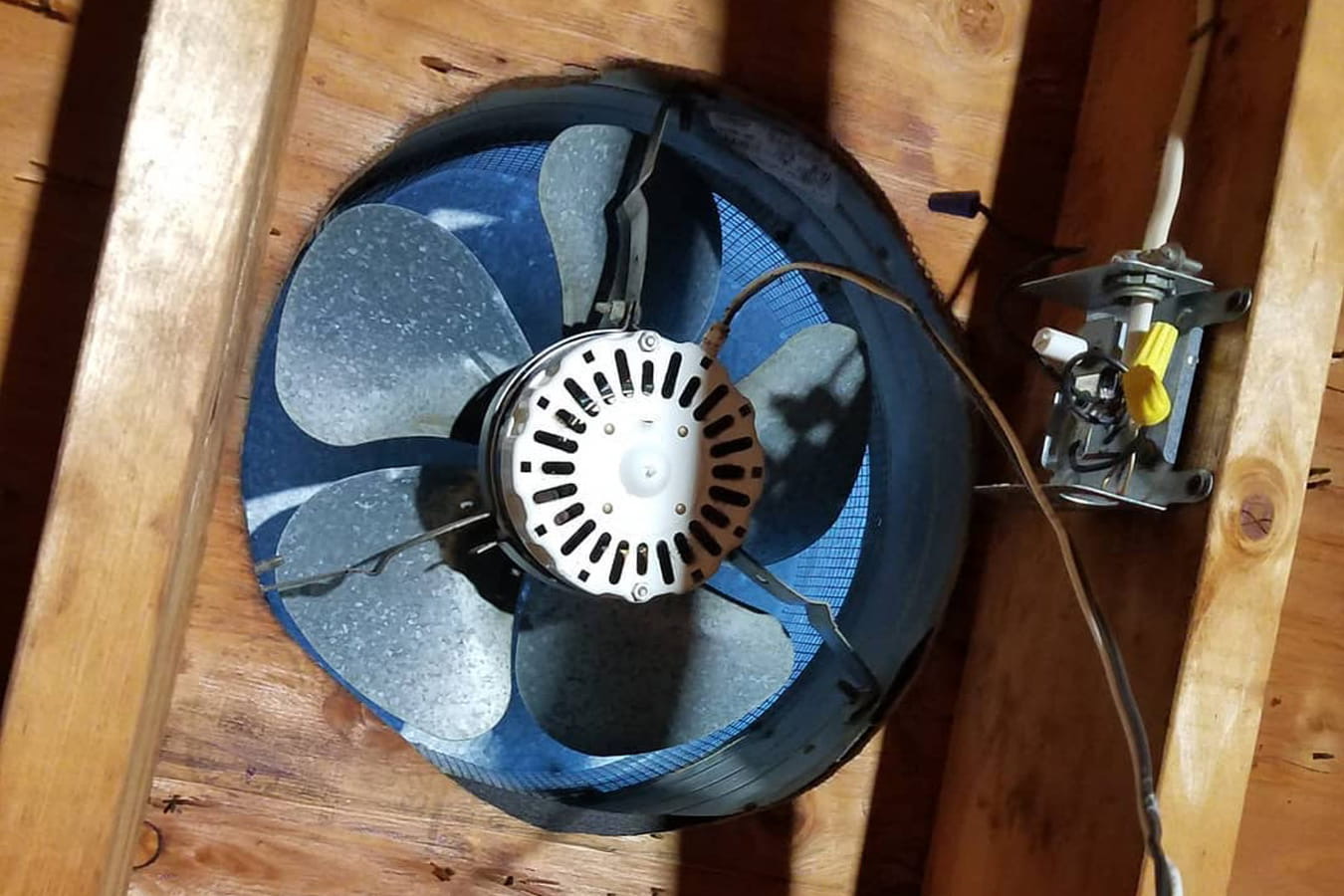
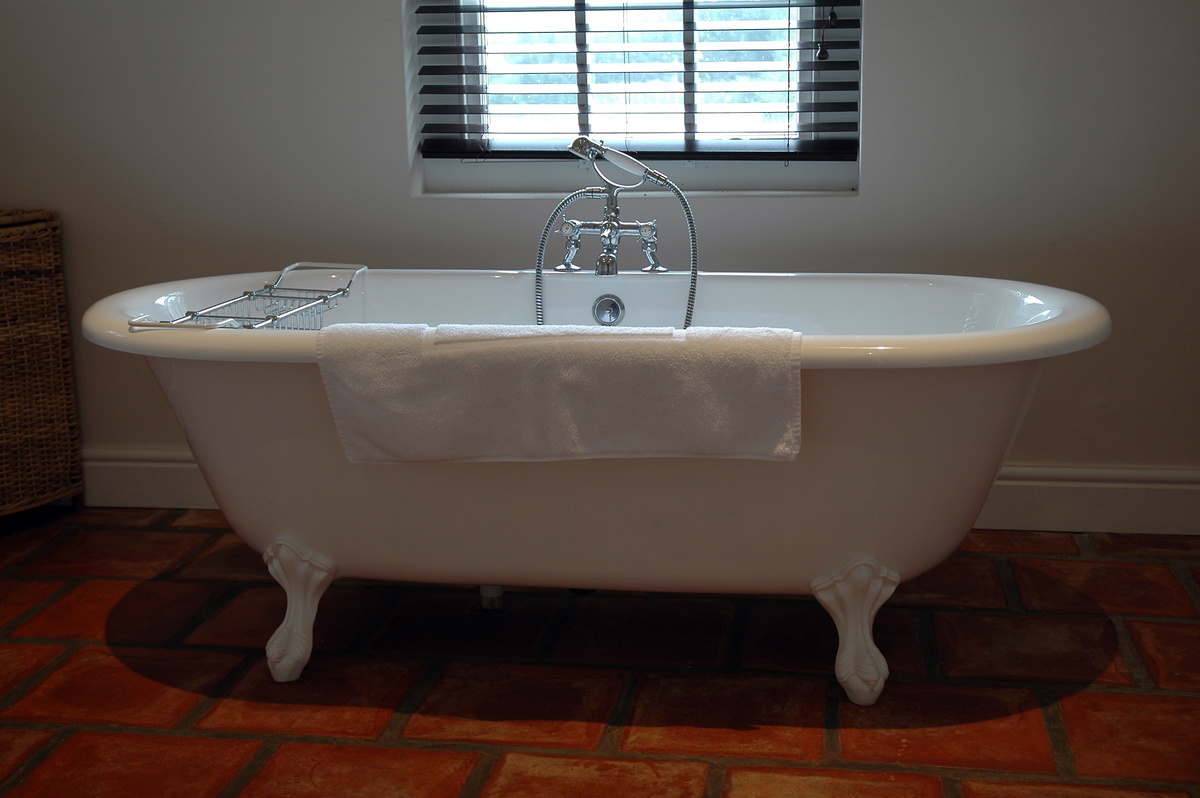
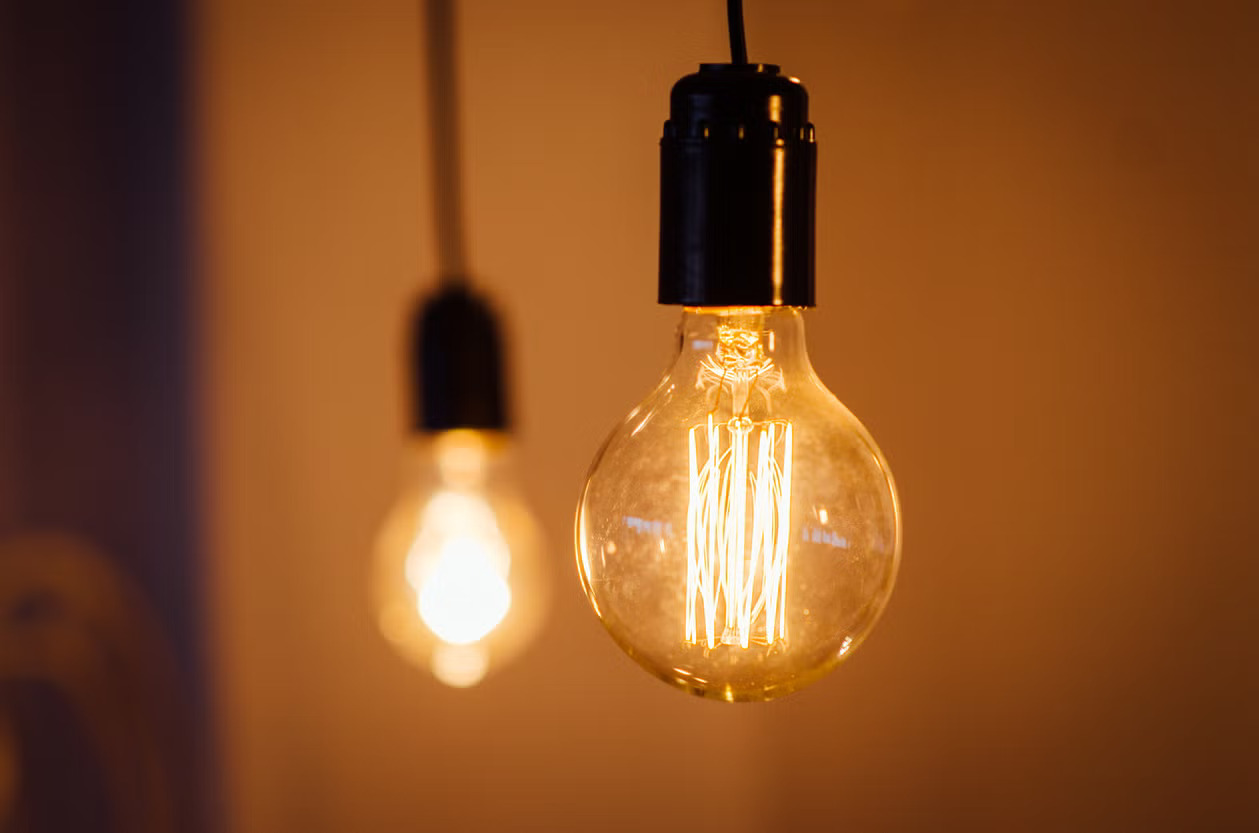
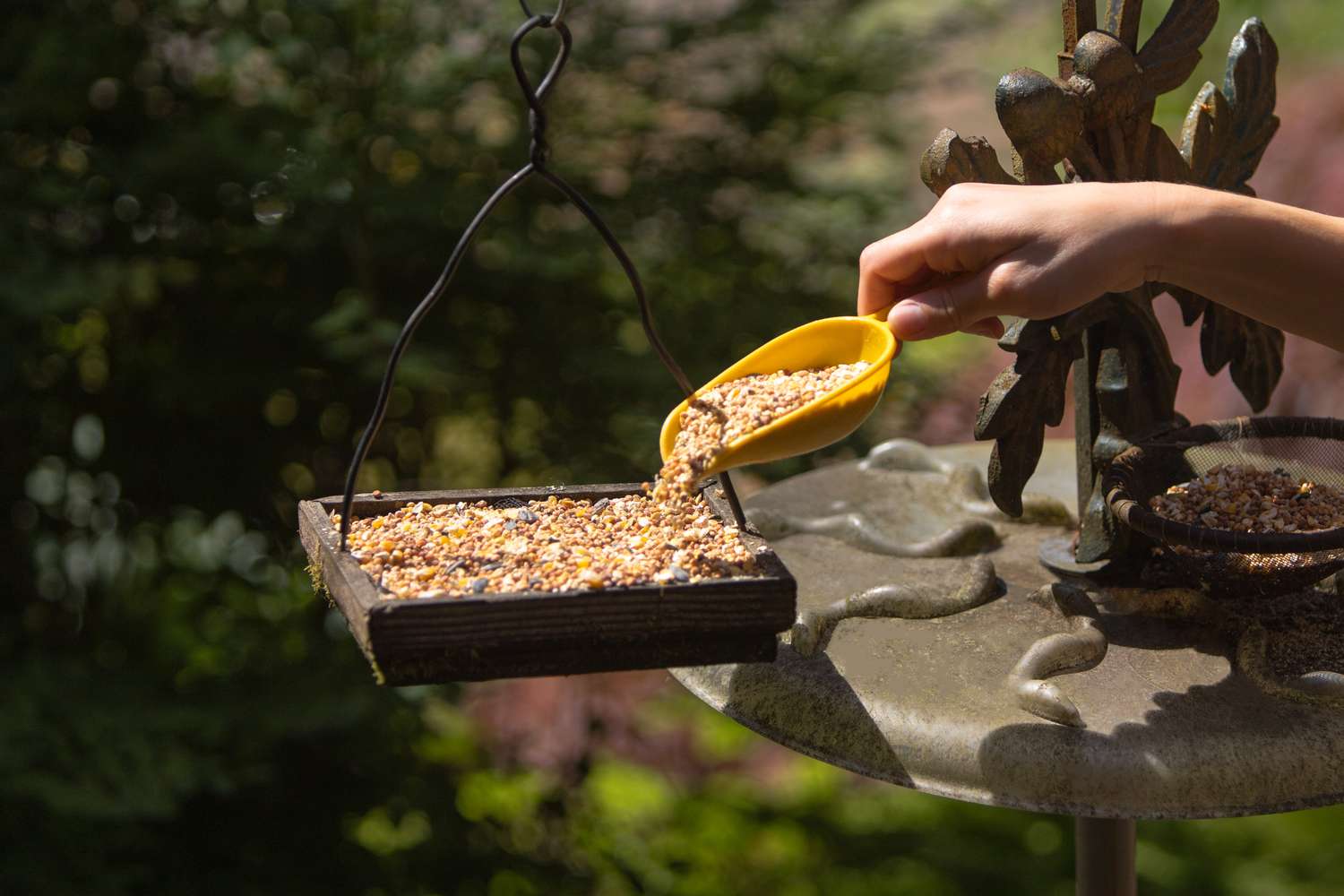
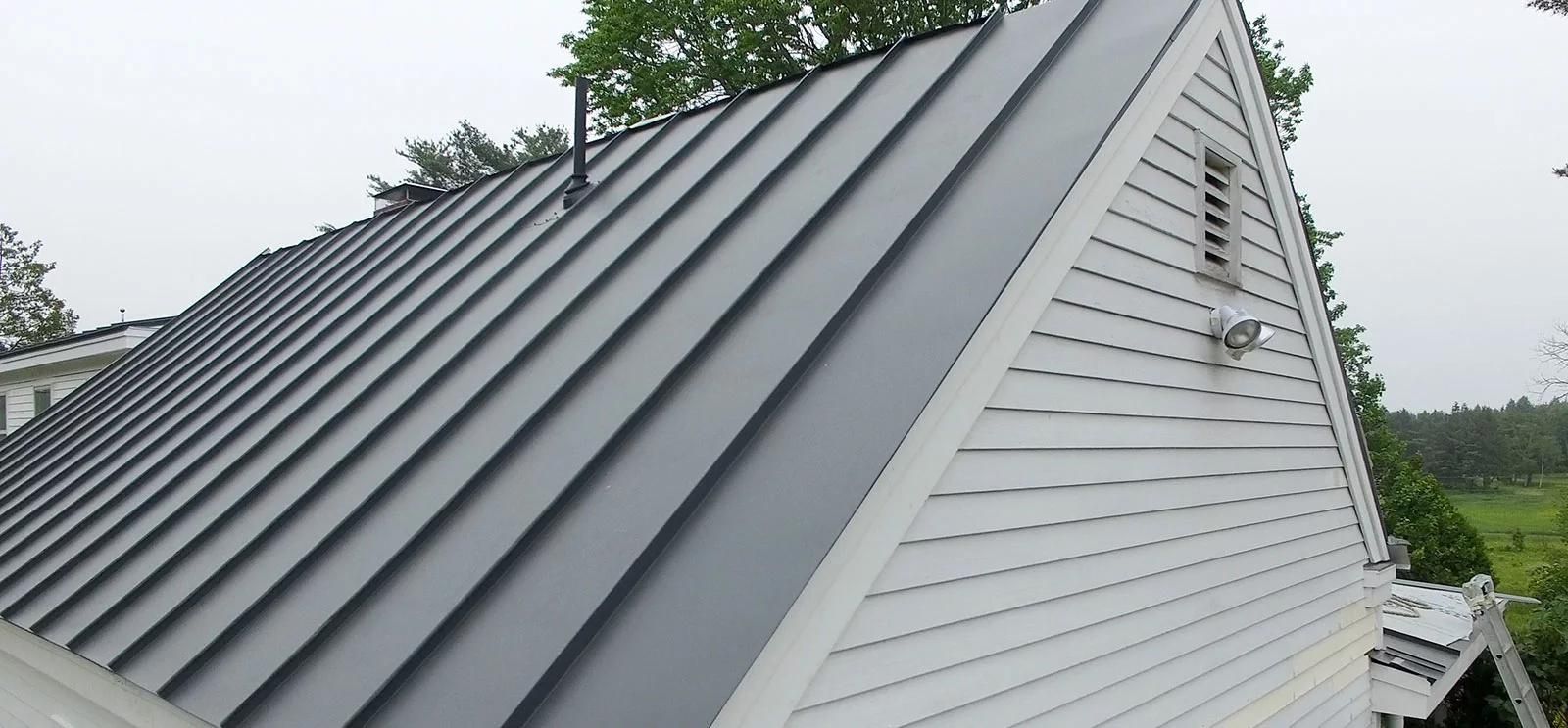

0 thoughts on “How Long Does Stucco Last For”